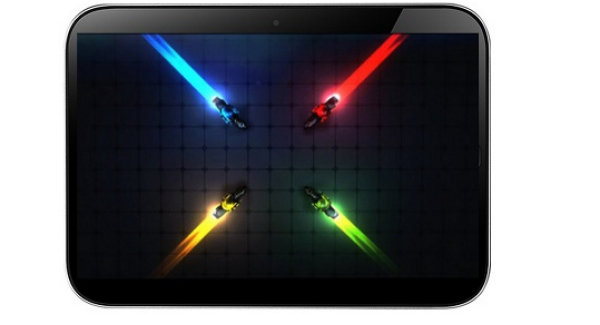One of the most neglected items over at CES 2017 was the Intel Compute Card, which in many ways is a revolution in its own right. It’s about the size of a credit card, but thicker, but it serves as the brains of a lot of devices, from smart TVs to fridges and even laptops. Basically you need a “shell” of a device and the Intel Compute Card will give it processing power. And that’s what will happen wit the new NexDock product.
Intel’s gadget is meant to serve for the future of modularity, letting you swap a combo of memory, storage and chipset in and out of our TV, fridge and laptop, as you upgrade. Now the new NexDock will adopt a similar system. The NexDock was part of a crowdfunding campaign in 2016, for a device that reminds us of the ASUS PadFone and lets the user rely on the smartphone as the brains of a notebook.
The NexDock is basically a big laptop screen, body and keyboard, that only come to life when a smartphone is inserted in the system. The second gen unit will involve a 2 in 1 PC, that features a tablet and a detachable keyboard, relying on the Intel Compute Card for the brains. The new generation of NexDock will receive an USB Type C port, a HD or higher res screen and a kickstand.
There’s no processor here, memory, storage or OS. Instead of those there’s the Intel Compute Card, which isn’t the only way to make this rig work. It’ll also be able to connect to a smartphone, Raspberry Pi and other mini computer. With Intel backing up this project modularity may just become a thing in the laptop segment.
















